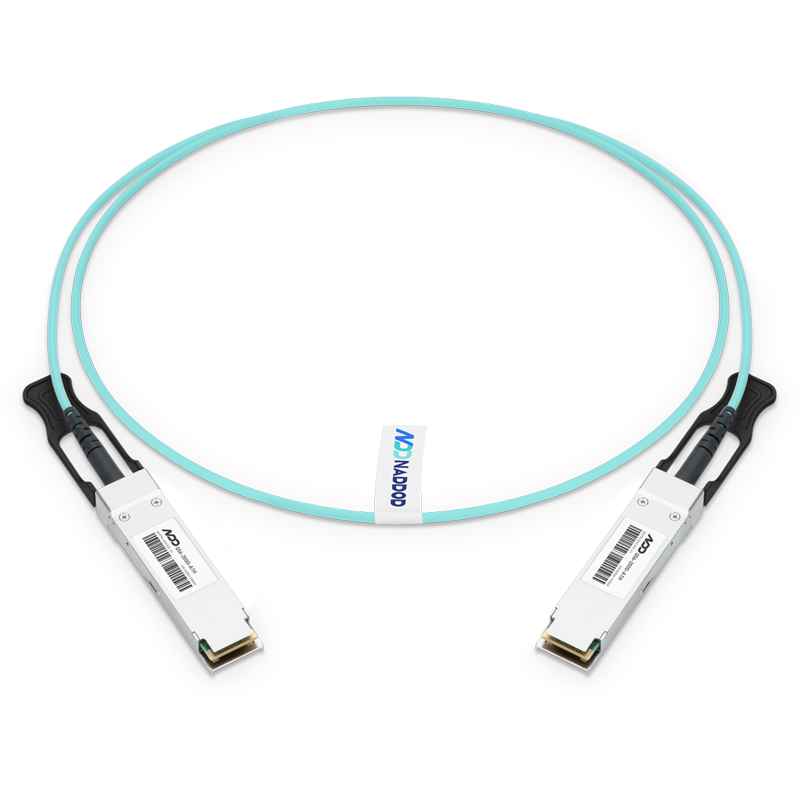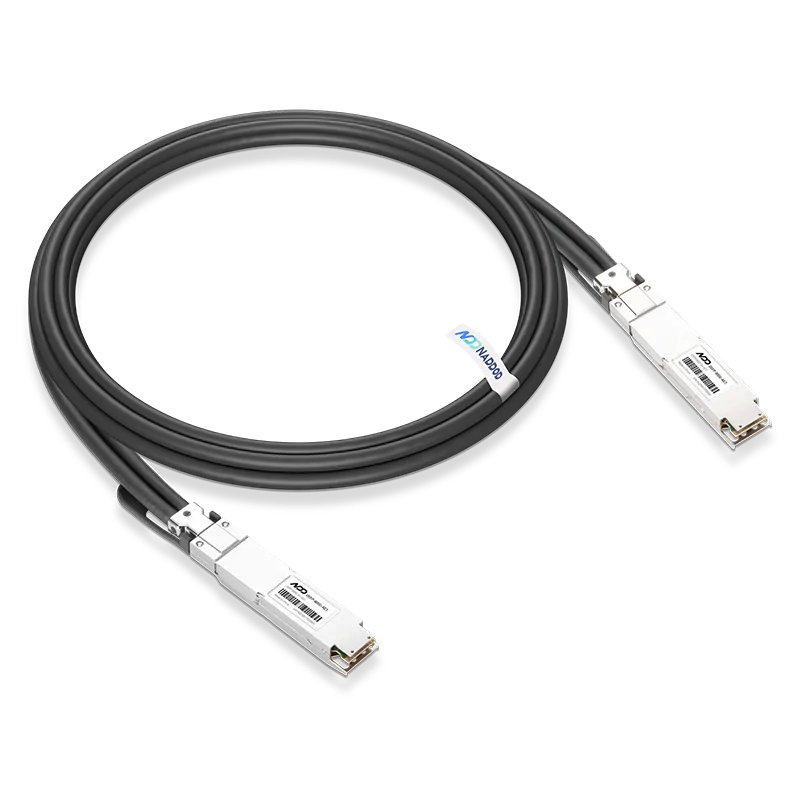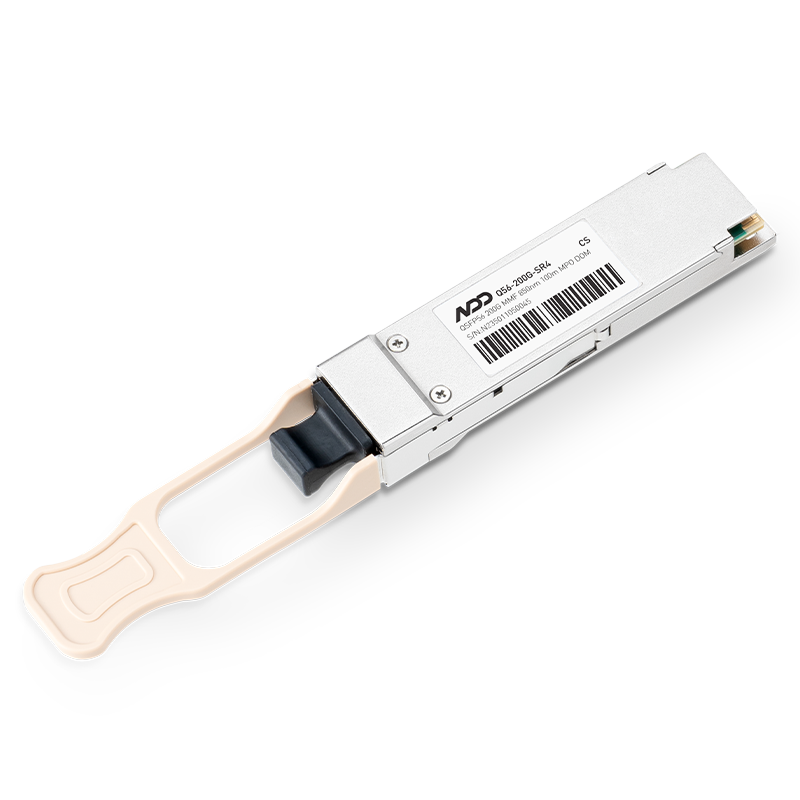With a wide variety of optical transceivers available, choosing the right one for your network can be challenging. How do you maximize performance while optimizing costs? NADDOD is here to help. Whether you're selecting a switch, transceiver, supporting cabling, or connective solutions, it's crucial to find specifications that fit your network needs. This guide will help you navigate the key considerations for making an informed decision.

1. Speed/Data Rate
Faster data rates mean smoother user experiences, such as seamless 5K video streaming and robust asynchronous connections. As you upgrade your fiber optic hardware—whether it's transceivers, direct attach cables, active optical cables, patch cables, media converters, or routers/switches—it's essential to plan ahead. Mismatched data rates can create bottlenecks in your data pipeline, hindering performance and causing financial loss. Today's AI technologies, like LLM training and Gen AI, require immense computing power and high-speed transceivers to ensure efficient data transmission.
Common data rates for transceivers include:
1Gbps - For small to medium-sized businesses and basic networking.
10Gbps - For enterprise networks and data centers.
25Gbps - Cost-effective for data centers needing server-to-switch links.
40Gbps - HPC and data center switch-to-switch connections.
100Gbps - For large data centers, core networking, interconnects, and storage.
200Gbps - For large-scale data centers, particularly in cloud environments and HPC.
400Gbps - Hyperscale data centers, high-capacity interconnects, and supercomputing.
800Gbps - For AI data centers, HPC, AI model training, and future-proofing.
1.6T - coming soon
With a transmission rate of 800Gbps, these transceivers enable faster data transfer, significantly enhancing data processing efficiency. This high bandwidth is crucial for HPC, large AI clusters, and data centers requiring rapid data transmission.
While higher data rates often seem better, balancing performance needs with cost and budget considerations is crucial. NADDOD offers a wide range of optical transceivers across all data rates to meet your network needs.
2. Form factor & Connectors
The term "form factor" refers to the standardized size and shape of the optic, but other design features also define each standard. It's crucial to choose a form factor compatible with your switch or servers. Without the right form factor, the optic may not fit into your switch or servers, or it might perform poorly.
Popular form factors include:
Small form-factor pluggable (1G SFP, 10G SFP+ )
Small form-factor pluggable 28 (25G SFP28)
Quad small form-factor pluggable (40G QSFP+)
Quad small form-factor pluggable 28 (100G QSFP28)
Quad small form-factor pluggable 25 dual density (200G QSFP28-DD)
Quad small form-factor pluggable 50/56 dual density (400G QSFP56-DD)
Quad small form-factor pluggable 112(400G QSFP112)
Octal small form-factor pluggable (800G OSFP)
LC connectors are the most commonly used on transceivers, though MPO and RJ-45 connections are also available when needed.
The Multi-Source Agreement (MSA) defines transceiver specifications, ensuring interoperability between different manufacturers. Familiarize yourself with relevant MSA standards to ensure compatibility and ease of integration into your existing network infrastructure.
3. OEM vs. Third-Party Transceivers
When selecting transceivers, compatibility with your network equipment is crucial. Verify that the transceiver works with your switches, servers, and other devices. Manufacturers often provide compatibility lists or tools to confirm whether a specific transceiver model will work with your hardware.
Choosing between OEM and third-party transceivers:
OEM Transceivers: These are made by the original equipment manufacturer and are guaranteed to be fully compatible with your network devices. They are usually more expensive but offer peace of mind in terms of performance and reliability.
Third-Party Transceivers: Known for cost savings and availability, third-party transceivers must be thoroughly tested to ensure they are encoded for compatibility with major OEMs.
NADDOD codes for complete compatibility with all major OEMs, including (but not limited to) Nvidia, Mellanox, Arista Networks, Cisco, Dell, Juniper, and Ciena. Experts encode our transceivers to achieve peak data center or server farm performance in any major OEM switch or network. Our transceivers successfully transmit data and utilize the full functionality set, matching OEM performance. Additionally, they are compatible with every OEM upgrade.
For AI training, data centers, and HPC applications, NADDOD's transceivers and connective solutions offer low error rates, high compatibility, and stable thermal performance, and are tested under actual full-load conditions. This ensures they are considered high-standard optical modules in the industry, making them ideal for environments requiring supercomputing and intelligent computing.
4. Transceiver Types: Single-Mode vs. Multi-Mode
For high-speed networks, optical transceivers are the standard due to their efficiency and longer reach capabilities compared to traditional copper cables. These transceivers are designed to work with either single-mode fiber (SMF) or multi-mode fiber (MMF), each offering distinct advantages for different applications.
SMF has a narrower core, allowing light to travel longer distances with less signal loss. Ideal for long-range applications but at a higher cost.
MMF Features a larger core, enabling multiple light modes to travel simultaneously. Suitable for short to medium distances and is more cost-effective.
The choice between single-mode and multi-mode transceivers significantly impacts network performance and cost. Single-mode transceivers' ability to transmit over longer distances makes them ideal for connections between data centers or long-haul networks. Multi-mode transceivers, while limited in range, are often sufficient and more economical for intra-data center connections.
In practical applications, single-mode transceivers are recommended for long-distance setups, such as AI clusters and high-performance computing environments that span multiple buildings or campuses. For example, in configurations like 128 HGX H100 AI clusters, using a combination of single-mode transceivers and DACs can reduce costs by approximately 35% compared to using multi-mode transceivers alone for all connections.
5. Wavelength
When selecting optical transceivers for data centers, enterprises, or server farms, wavelength (or lambda) is a critical consideration. Wavelengths are measured in nanometers (nm) and correspond to different distances and applications.
Common Wavelengths:
850nm: Suitable for short distances (up to 500m on multimode fiber).
1310nm: Ideal for mid-range distances (up to 40km on single-mode fiber).
1550nm: Best for long to extreme distances (beyond 40km on single-mode fiber).
Higher wavelength signals (longer distances) lose energy over longer spans, so selecting the appropriate wavelength for your application is crucial to maintain signal quality. Technologies like Wavelength Division Multiplexing (WDM) require wavelength compatibility among multiple devices, making proper planning essential.
6. Reach/Transmission Distance
The performance of optical transceivers is significantly influenced by the distance the signal must travel and the environment of the fiber optic cable carrying the signal. The rated distance of optical components is a crucial factor in determining their application, ensuring optimal network performance and cost-effectiveness.
Short-reach transceivers are typically used in data centers, server clusters, core networks, or single-site facilities. Their lower cost makes them ideal for reducing capital and operational expenses in these environments. Long-reach transceivers are employed for campus-to-campus or core-to-edge connections, often transmitting highly compressed WDM (Wavelength Division Multiplexing) signals over greater distances.
When selecting a transceiver, it's wise to choose one with a reach that exceeds your required distance slightly. For example, a 500-meter transceiver can easily cover shorter distances like 350 meters without performance loss, but it can't cover 800 meters. This approach provides a safety margin and allows for future expansion.
For example, DR4 transceivers (500m reach) are ideal for connections within a large data center or between nearby buildings, FR4 transceivers (2km reach) are suitable for connections between data centers。
Typical Reach classifications:
SR (Short Reach): Up to 400m
DR (Data Center Reach): Up to 500m
FR (Fast Reach): Up to 2km
LR (Long Reach): Up to 10km
ER (Extended Reach): Up to 40km
ZR (Ultra Long Reach): Up to 80km
XR (Variable Reach): Varies based on specific application requirements
7. Working Temperature
The operating environment and temperature tolerance are crucial factors when selecting optical transceivers. Different applications require different temperature ranges:
CT/C-Temp, commercial temperature: 0~70℃
- Suitable for most indoor data center applications
ET/E-Temp, extended temperature: -20~85℃
- For outdoor installations or environments with wider temperature fluctuations
IT/I-Temp, industrial temperature: -40~85℃
- For harsh industrial environments or extreme outdoor conditions

It's important to note that these temperature ranges refer to the case temperature of the transceiver, not the ambient environmental temperature. Proper thermal management and cooling systems in your network infrastructure can help maintain optimal operating conditions for your transceivers.
When deploying transceivers in non-standard environments, such as outdoor cabinets or industrial settings, always choose modules rated for the appropriate temperature range to ensure reliable performance and longevity of your network equipment.
8. NADDOD’s Tips on Choosing Optical Transceivers for High-speed Networking
When selecting third-party transceivers for high-speed networks like InfiniBand and RoCE, consider these crucial factors:
Optical Chip:
The optical chip is the core component of an optical module, generating the optical signal. Its type, wavelength stability, and output power directly affect the transmission distance and rate of the optical module. Currently, recognized optical chip manufacturers in the market include Broadcom and Coherent, known for their VCSEL products. NADDOD's transceivers use chips from leading manufacturers to ensure superior reliability and stability.
Lower BER:
BER is a key measure of an optical module's data transmission quality and reliability. For InfiniBand NDR optical transceivers, a BER in the range of 1E-12 or lower is considered excellent. A high BER can cause link jitter, negatively impacting cluster performance and large model training, which can be detrimental to business operations.
OEM Compatibility:
Optical transceivers must be compatible with network equipment such as switches, routers, and servers. Choosing a compatible optical module ensures a perfect fit with the equipment and reduces the risk of service interruptions due to incompatibility. It's also crucial to ensure the module is compatible with the latest firmware versions of the equipment to avoid compatibility issues after upgrades.
All NADDOD's transceivers are compatible with the latest encoding standards, ensuring product stability.
Heat Dissipation Performance:
Optical modules generate heat during operation. Poor heat dissipation can lead to increased module temperature, affecting performance and transmission quality. Selecting modules with advanced heat dissipation processes can prevent overheating problems, which is particularly important for maintaining link stability in high-density, large-cluster environments.
NADDOD's transceivers feature excellent heat dissipation technology. In real-world application scenarios, they have undergone full-load testing without experiencing any link-down events. Metrics such as Forward Error Correction (FEC) and BER demonstrate our commitment to quality assurance. Our technical experts possess extensive experience in designing, delivering, and maintaining InfiniBand and RoCE network clusters.

Most of NADDOD's optical transceivers are kept in large stock quantities, ensuring better delivery times and rapid response to customer needs.
By considering these factors, you can make an informed decision when choosing optical transceivers for your high-speed networking needs, ensuring optimal performance, reliability, and compatibility with your existing infrastructure.
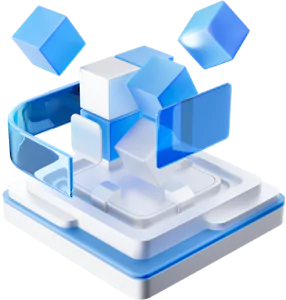
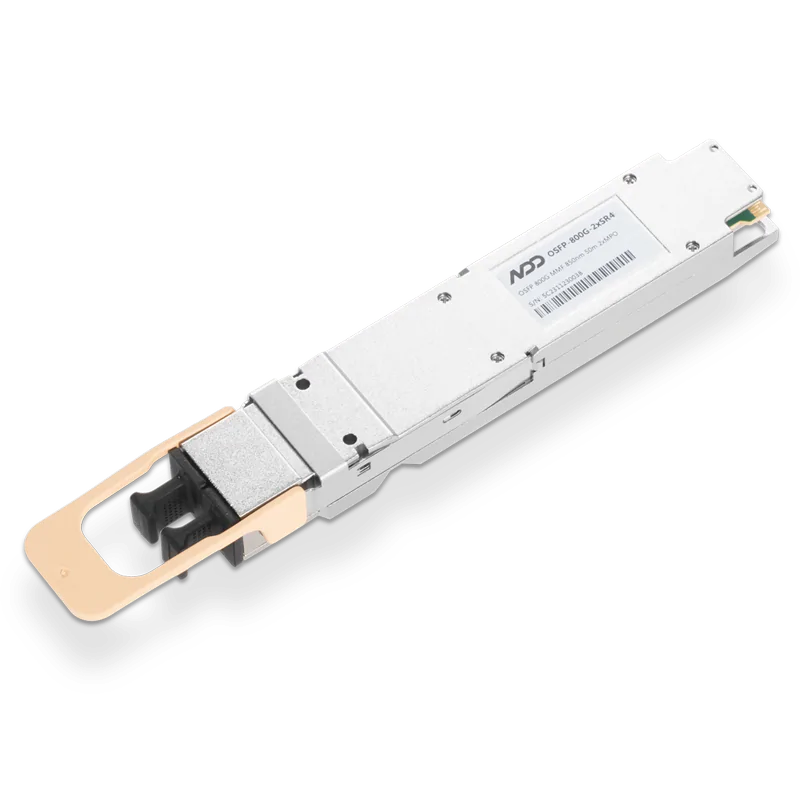 800GBASE-2xSR4 OSFP PAM4 850nm 50m MMF Module
800GBASE-2xSR4 OSFP PAM4 850nm 50m MMF Module- 1High Speed Copper Cables Applied in Data Centers
- 2Overview of Active Electrical Cables (AEC)
- 3DAC's Growing Importance in High-Performance AI Networking
- 4Introduction to Open-source SONiC: A Cost-Efficient and Flexible Choice for Data Center Switching
- 5OFC 2025 Recap: Key Innovations Driving Optical Networking Forward





